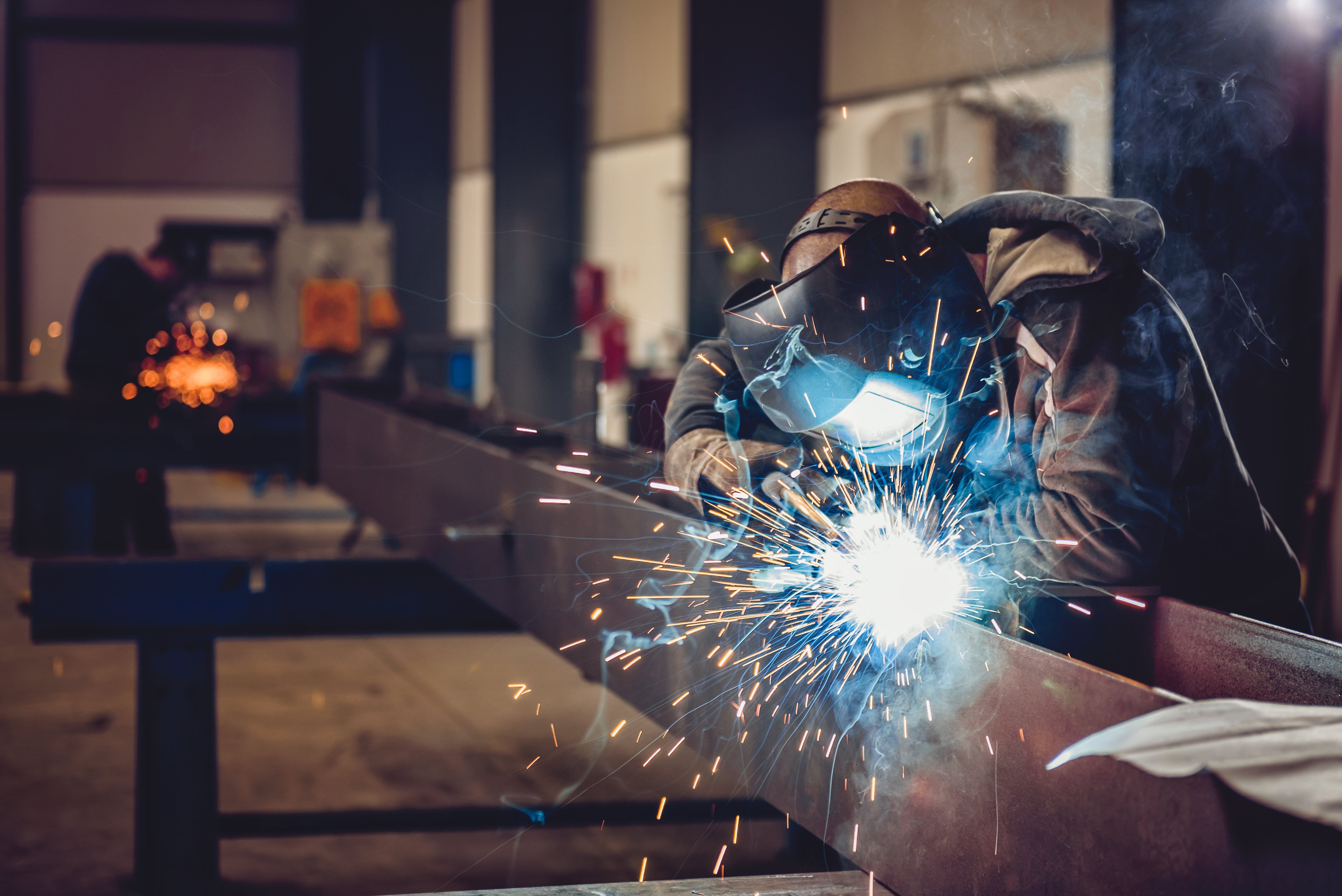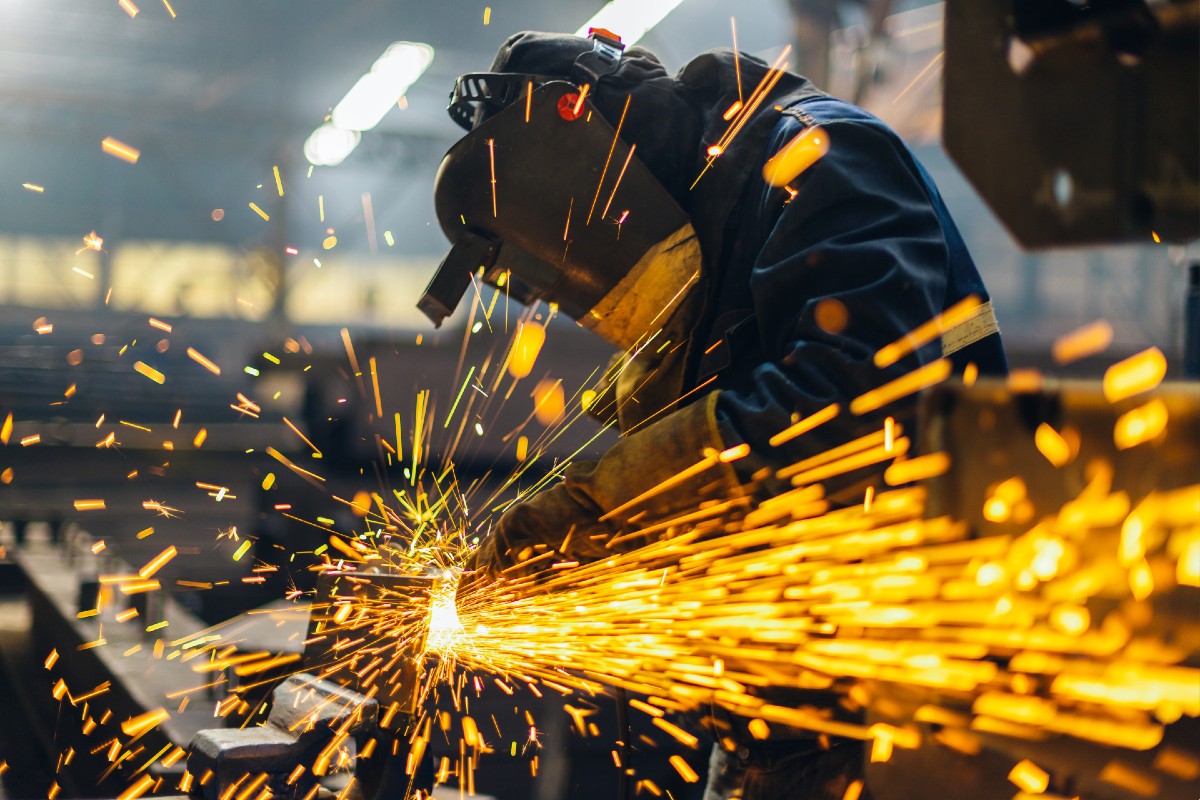Common Welding Repair Work Issues and How to Address Them Successfully
Welding repair work often run into a series of problems that can jeopardize the integrity of the last product. Common troubles consist of inadequate infiltration, porosity, and misalignment, amongst others. Each issue offers one-of-a-kind obstacles that need certain strategies for resolution. Understanding these problems is important for welders aiming to boost their outcomes and skills. This discussion will discover these typical welding repair problems and reliable techniques to address them.
Inadequate Penetration
Poor infiltration takes place when the weld steel stops working to totally fuse with the base material, causing weak joints and possible structural failures. This concern often originates from not enough warm input, incorrect electrode angle, or improper welding rate. Welders may run into inadequate penetration due to a miscalculation of the needed criteria for a certain product density or type. Furthermore, contamination on the base material's surface can impede effective bonding, aggravating the issue. To deal with insufficient penetration, welders should ensure appropriate settings on their devices and keep a tidy job surface area. Regular assessment of welds is recommended to recognize any shortages early, permitting for prompt improvements and the avoidance of jeopardized structural integrity in bonded settings up.
Porosity
Porosity is an usual defect in bonded joints that shows up as tiny gas bubbles trapped within the weld metal. This defect can compromise the stability of the weld, causing minimized toughness and prospective failure under stress. Welding. Porosity typically emerges from contamination, dampness, or inappropriate welding methods, which enable gases to leave into the liquified weld pool. To attend to porosity, welders ought to assure correct surface area preparation, keep a clean functioning setting, and use ideal welding specifications. Additionally, selecting the best filler material and shielding gas can mitigate gas entrapment. Regular assessment and screening of welds can assist identify porosity early, assuring timely corrective activities are taken, consequently maintaining the quality and reliability of the welded structure
Imbalance
Misalignment in welding can arise from various factors, consisting of improper setup and thermal growth. Recognizing the source is necessary for effective resolution. Several modification techniques are available to straighten components and assure architectural integrity.
Root causes of Imbalance
Welding misalignment frequently originates from a range of underlying issues that can compromise structural stability. One main cause is inappropriate fit-up of parts prior to welding, which can cause voids and unequal surfaces. Variations in thermal expansion during the welding process can additionally result in distortion, specifically if the products being joined have different coefficients of development. Furthermore, inadequate securing and fixturing may fail to hold elements safely in area, resulting in motion throughout welding. Improperly conserved devices, including welding makers and devices, may introduce incongruities in the weld bead, additional contributing to imbalance. Ultimately, operator error, stemming from inadequate training or experience, can likewise play a significant function in producing misaligned welds.
Modification Techniques Readily Available
Dealing with misalignment effectively requires a combination of restorative techniques customized to the certain issues handy. One common method is using jigs or components to hold parts in the correct placement during welding, guaranteeing regular alignment. Furthermore, pre-heating the products can aid reduce distortion and boost fit-up. For substantial misalignment, mechanical realignment strategies, such as using hydraulic jacks or clamps, can be used to remedy the setting before welding. Post-weld warmth treatment may additionally be required to ease tensions caused by misalignment. Careful evaluation and change during the arrangement phase can stop imbalance issues from ending up being considerable issues, advertising a smoother welding process and improving total architectural stability.
Distortion
Distortion is a typical difficulty in welding that can arise from numerous variables, including unequal heating & cooling. Recognizing the reasons for distortion is crucial for applying efficient prevention methods. Resolving this concern not just improves architectural honesty yet additionally boosts the general high quality of the weld.
Causes of Distortion
When based on the intense warm of welding, products often go through changes that can bring about distortion. This sensation mostly arises from thermal growth and contraction during the welding procedure. As the weld location warms up, the product expands; upon cooling, it acquires, which can develop internal stresses. Furthermore, uneven home heating across a workpiece can intensify these tensions, leading to warping or flexing. The type of material also plays a substantial role; metals with differing thermal conductivity and coefficients of growth might react in different ways, causing unforeseeable distortions. Bad joint design and poor fixturing can contribute to misalignment during welding, enhancing the probability of distortion. Understanding these causes is important for reliable welding repair and avoidance strategies.
Avoidance Techniques
Efficient avoidance techniques for distortion throughout welding concentrate on regulating heat input and ensuring proper joint layout. Preserving a consistent warm input assists to reduce thermal growth and tightening, which can cause distortion. Making use of techniques such as pre-heating the workpiece can also reduce the temperature slope, advertising uniform home heating. In addition, picking appropriate joint designs, such as T-joints or lap joints, can improve stability and reduce tension concentrations. Implementing proper fixturing to protect the work surfaces in area better help in keeping positioning during the welding process. Ultimately, staggered welding series can distribute warm a lot more evenly, avoiding localized distortion. By applying these techniques, welders can substantially lower the likelihood of distortion and improve the general quality of their welds.
Cracking
Cracking is an usual concern encountered in welding fixings, frequently arising from numerous variables such as improper cooling prices, product option, or inadequate joint preparation. The occurrence of fractures can greatly compromise the stability of the weld, causing prospective failings throughout operation. To resolve this concern, welders should first assess the origin, ensuring that products are suitable and suitably selected for the specific application. Additionally, managing the cooling rate during the welding process is vital; fast air conditioning can generate tension and result in splitting. Correct joint design and preparation additionally contribute to minimizing the threat. Executing these approaches can improve weld top quality and longevity, eventually decreasing the likelihood of cracking in completed weldments.

Incomplete Blend
A significant issue in welding repairs is insufficient blend, which takes place when the weld metal does not properly bond with the base product or previous weld passes - Belgrade Fabrication. This problem can bring about weak points in the joint, potentially endangering the stability of the bonded framework. Elements adding to incomplete combination consist of inadequate warm input, inappropriate welding strategy, and contamination of the surface areas being signed up with. To address this problem effectively, welders should guarantee correct pre-weld cleansing and surface preparation, along with readjust their welding criteria to attain ample penetration and combination. Regular inspection throughout the welding process can additionally aid recognize incomplete blend early, permitting for timely restorative steps to boost the general top quality of the weld
Overheating
While welding repair work can improve architectural honesty, overheating read more provides a considerable difficulty that can lead to material destruction. Extreme warm during welding can modify the mechanical buildings of metals, leading to minimized stamina, raised brittleness, and warping. This phenomenon is specifically essential in high-stress applications where architectural reliability is paramount. Recognizing overheating can involve aesthetic inspections for discoloration or distortion, in addition to keeping track of temperature throughout the welding process. To minimize the threats connected with overheating, welders need to utilize appropriate strategies, such as controlling warm input, changing traveling rate, and utilizing suitable filler materials. Furthermore, executing pre- and post-weld heat treatments can aid bring back product residential properties and boost the total quality of the repair work, ensuring long-term efficiency and safety and security.
Frequently Asked Concerns
What Are the Common Indications of a Welding Issue?

How Can I Examine My Welds for Quality?
To examine welds for high quality, one can utilize visual examinations, ultrasonic screening, and radiographic approaches. Each strategy assures architectural stability, identifies flaws, and validates adherence to defined requirements, inevitably improving the dependability of the welded joints.
What Security Precautions Should I Take While Welding?
When welding, one ought to focus on security by using appropriate personal safety devices, ensuring proper ventilation, safeguarding flammable products away, maintaining a tidy work space, and knowing surroundings to avoid injuries and mishaps.
Can I Repair a Weld Without Remodeling the Entire Joint?
Fixing a weld without redesigning the entire why not look here joint is feasible, depending upon the damages (Welding). Strategies such as grinding, adding filler material, or using a welding procedure can successfully address certain problems while maintaining the bordering framework
What Devices Are Important for Effective Welding Repairs?
Essential link tools for efficient welding fixings include a welding machine, cable brush, grinder, safety equipment, clamps, and filler products. Each device plays a crucial role in making sure high quality and security throughout the fixing procedure. Porosity commonly emerges from contamination, dampness, or incorrect welding techniques, which permit gases to escape right into the liquified weld swimming pool. Inadequately conserved tools, including welding machines and devices, may introduce incongruities in the weld bead, additional contributing to imbalance. When subjected to the extreme heat of welding, products commonly undergo changes that can lead to distortion. Splitting is a common concern encountered in welding repair services, frequently resulting from various aspects such as inappropriate air conditioning rates, product selection, or inadequate joint prep work. A considerable issue in welding repairs is incomplete blend, which happens when the weld steel does not effectively bond with the base material or previous weld passes.